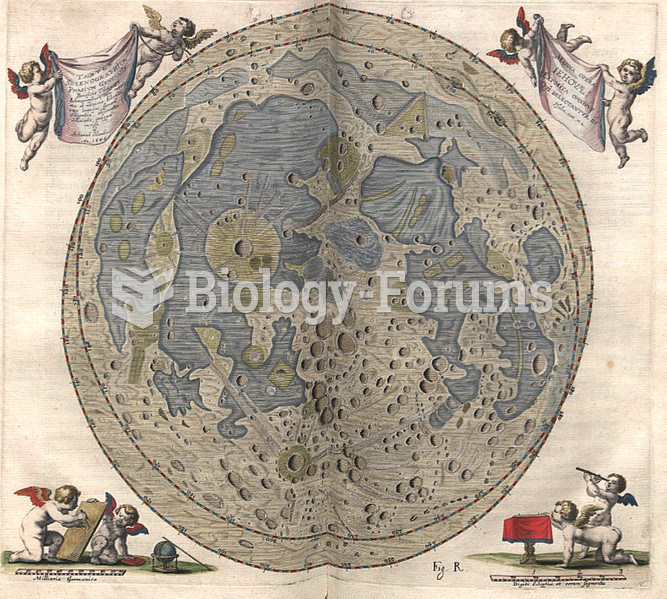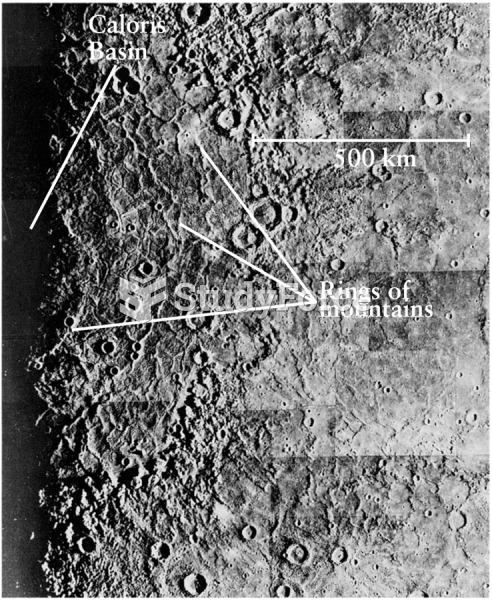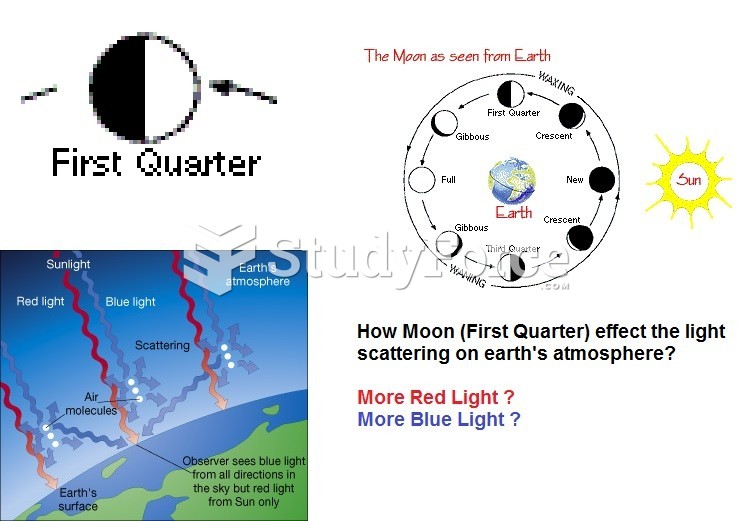Answer to Question 1
- Diana Moon Glampers, like many science-fiction characters, is definitely flat because she is in the story merely as a type; in this case, as a tyrant who enforces all the handicaps required to enforce perfect equality in the year 2081. Vonneguts characterization is not necessarily realistic since sheironically displaying a more-than-average strength and intelligence herselfblazes into the story only for the last ten paragraphs, merely to murder Harrison and the ballerina with a double-barreled ten-gauge shotgun (par. 79). She then loads the gun, points it at all the musicians who have taken off their handicaps, and gives them ten seconds to put them back on. Her two-paragraph appearance in the story does not show any depth of character or change of heart.
Harrison Bergeron is probably best seen as a fable, and it certainly has a moral: dont be afraid to excel. As in most fables, rounded characterization is unnecessary to its purpose. To help students understand this clearly, you may wish to use this story as a platform for examining the idea of genre. Have students compare it to a classic realist story like Araby or Pauls Case and enumerate the differences in style, structure, setting, and characterization.
Answer to Question 2
- In Harrison Bergeron Vonnegut explores the idea of a futuristic society that has developed the technology to enforce an extreme version of social equality at all costs. The theme of Harrison Bergeron strikes most students with great force, and they can usually summarize it one way or another. Down with mediocrity and conformity is one common answer, or Individual excellence involves risk. A more elegant and comprehensive statement of the storys themes might be: By attempting to enforce equality too vigorously, society risks penalizing excellence.
Vonneguts story objectifies the well-known American distrust of intellectuality, and it exaggerates this prejudice to an insane degree. Some students may read the story remembering how in high school or junior high they were ridiculed by classmates for showing interest in ideas or learning. Vonnegut imagines a society so dedicated to a perverse concept of equality that it condemns absolutely all excellence, including good looks, physical grace, and a creative imagination. In this sense, one could say that the story argues for a society that allows inequality, especially that which is natural (such as physical appearance). The story suggests that, in reality, all men are not created equal in many ways, and a government that tried to enforce equality for some would, by default, be enforcing inequality for others. This would perhaps ironicallylead to tyranny rather than democracy.







![Klur & Diana Miro - Pull Me Through [Official Lyric Video]](https://biology-forums.com/gallery/49/medium_6_03_06_24_11_37_17.jpg)